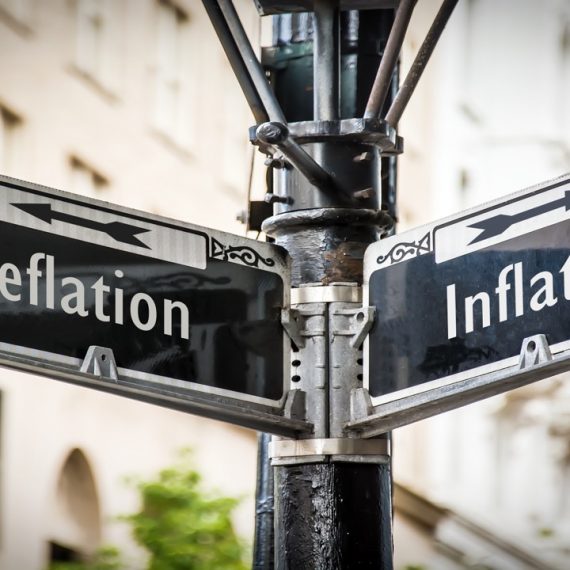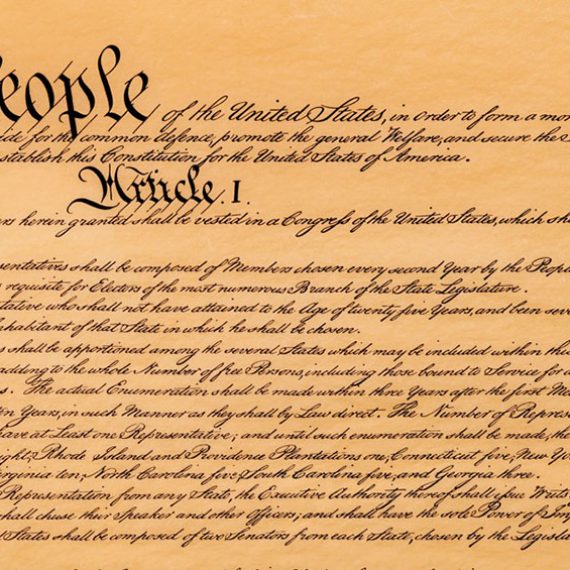Contrary to common belief, hyperinflation does not arise from too much bank lending. The sole cause of hyperinflation is always too much government spending. The pattern is as follows.
The government spends more money than it is receiving in taxes, which forces it to borrow. As these deficits grow, they eventually exceed the market’s capacity or willingness to lend money to the government. Invariably, the central bank steps in and provides the government with the money it needs by creating it – as the saying goes – ‘out of thin air’, or what governments today call “quantitative easing”. The central bank does this in either of two ways.
In cash currency economies, where most commerce is completed by making payments with paper-currency, the central bank cranks up the printing press. Examples are the Weimar Germany hyperinflation in the early 1920s, and just recently, Zimbabwe.
In deposit-currency economies, where most commerce is conducted by making payments through the banking system with checks, wire transfers, plastic cards, and the like, the central bank uses electronic bookkeeping made possible through computers to put the newly created money directly into the government’s checking account. There are numerous examples of deposit-currency hyperinflation in the monetary history of Latin America, like the one that devastated Argentina in 1991.
These two different ways in which hyperinflation manifests itself are made clear in the following quote by Ben Bernanke before he was appointed chairman of the Federal Reserve: “The U.S. government has a technology, called a printing press (or today, its electronic equivalent), that allows it to produce as many U.S. dollars as it wishes at no cost.”
There is of course a cost. There may not be one to the US government, but instead, the cost will be borne by everyone who holds dollars and loses purchasing power as a result of Mr. Bernanke creating as many dollars as the government wants to spend. The other word for this cost is inflation.
With this background, the US government’s financial position makes clear that it is heading toward an Argentine-style deposit currency hyperinflation. The first two months of the US government’s current fiscal year have resulted in a record $296.7 billion deficit. During this period, the Federal Reserve grew its balance sheet by about $65 billion, in effect purchasing about 22% of the federal government’s new debt. These purchases clearly show the Fed’s policy of “quantitative easing”.
The following chart illustrates that the difference between the US government’s monthly receipts and expenditures remains at record highs in November.
.gif)
Unless this gap between receipts and expenditures is closed, there will be hyperinflation. Policymakers seem to believe that they can close this gap by jumpstarting the moribund US economy, so that government receipts can again begin to grow and eventually catch-up to, and perhaps exceed expenditures. But they are pursuing a dangerous path because the rising expenditures by the federal government are increasing its debt, causing more quantitative easing by the Federal Reserve, which in effect is pouring more fuel on the potential hyperinflationary fire.
Much has been made of the huge bank excess reserves “sitting idle” at the Fed. It has been said that hyperinflation is not possible when the banks are sitting on such huge reserves, instead of lending them into the economy. This thinking is flawed because it ignores that there are two sides to the Federal Reserve’s balance sheet.
Those reserves are not just sitting there, as if they were in a vacuum. These reserves have funded the Fed’s purchase of US government debt, putting it and the US dollar on the road to hyperinflation.



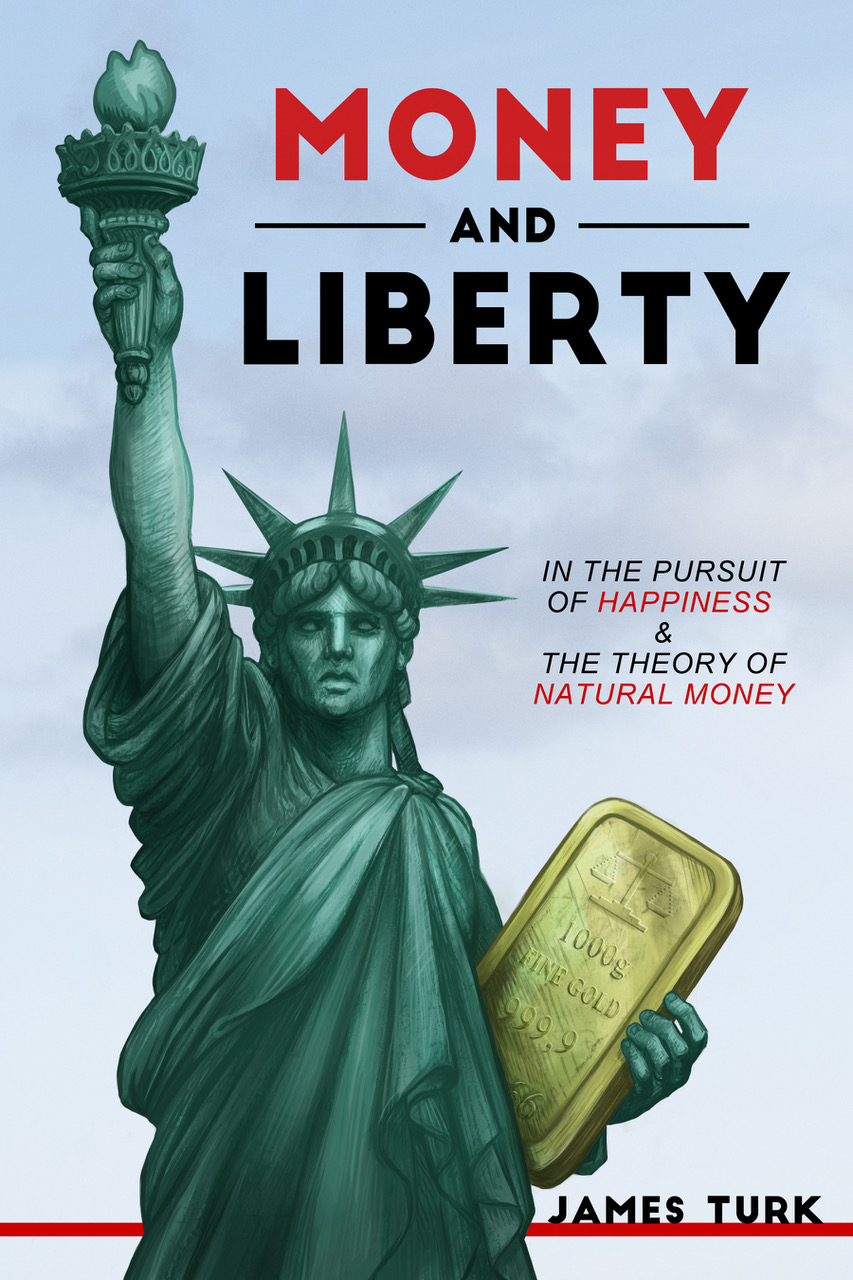
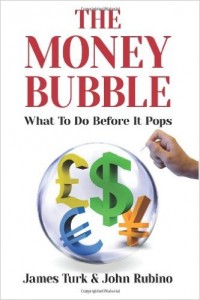
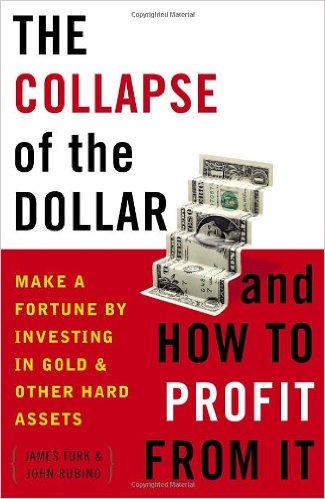
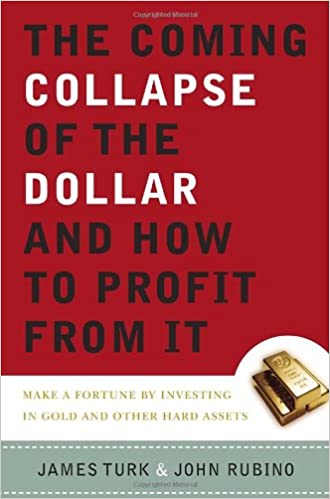
 My objective is to share with you my views on gold, which in recent decades has become one of the world’s most misunderstood asset classes. This low level of knowledge about gold creates a wonderful opportunity and competitive edge to everyone who truly understands gold and money.
My objective is to share with you my views on gold, which in recent decades has become one of the world’s most misunderstood asset classes. This low level of knowledge about gold creates a wonderful opportunity and competitive edge to everyone who truly understands gold and money.